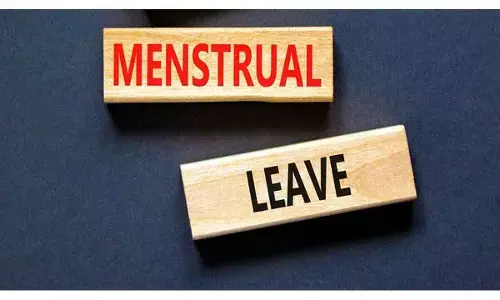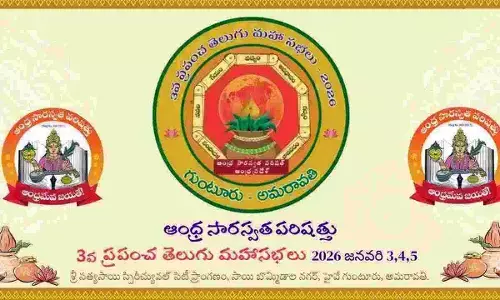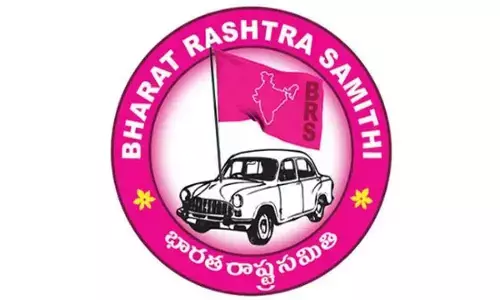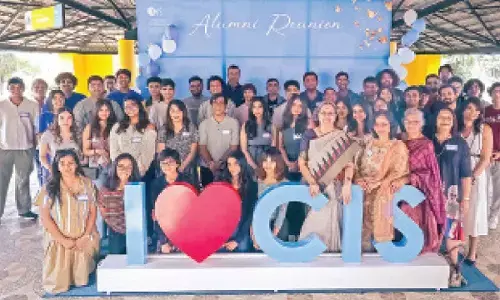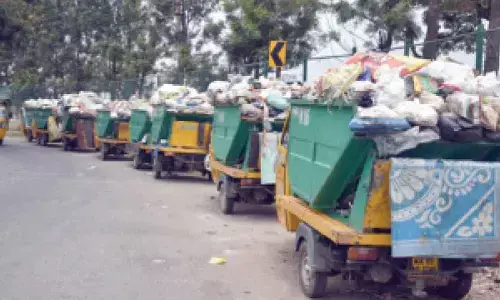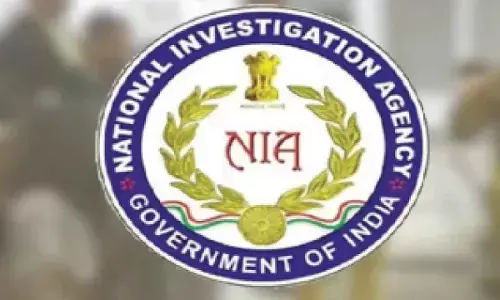How to Mould Agriculture as a Growth Engine in Uttara Andhra

From the times immemorial, historians described India as a land of milk and honey as it is blessed with innumerable natural resources Dubbed as AnnapoornaThe food bowl of India Andhra Pradesh is a major producer of rice, wheat, Sugar Cane, Cotton, Maize, pulses, spices, tobacco and chilly
From the times immemorial, historians described India as a land of milk and honey as it is blessed with innumerable natural resources. Dubbed as 'Annapoorna(The food bowl of India) Andhra Pradesh is a major producer of rice, wheat, Sugar Cane, Cotton, Maize, pulses, spices, tobacco and chilly. There is no dearth for perennial rivers like The Godavari, Krishna, Penna, Nagavali and Vamshadhara that emerges from both the eastern and the WesternGhats surrounding the state.
Andhra Pradesh is also the proud owner of the fertile alluvial soil in and around the river catchment areas and the delta basin. Yet, the state in general and the Northern part of the Andhra Pradesh in particular is unable to feed its own people. It is a dire necessity today for AP to re-evaluate why her children are dying due to hunger and malnutrition and why the farmersfrom the northern part of the state are migrating from their native land, leaving their kith and kin and their community in search of livelihood?
Unlike Israel, a nation located on the Southeastern shore of the Mediterranean Sea, with a desert and semi arid climate, the three northern Andhra districts namely Srikakulam, Vijayanagaram and Vishakhapatnam are blessed with abundant water resources drawn from the perennial rivers flowing across these three districts namely Nagavali, Vamshadhara, and their tributaries including 'Tandava', 'Sharada', Champavathi, MahendraTanaya,Bahuda, Gosthanialong with innumerable other tanks, water reservoirs, waterfalls and canals.
Why the farmers of the Uttara Andhra region are drifting away from one of the world's most ancient occupations, namely the agriculture? Traditionally, the farmers inherit the knowledge on soil, seed and cultivation practices from their ancestors. They are trained for ages only to work and live in the farm lands. With no water around and with meager resources in hand to invest onseeds, manure, pest controls and labor, farmers are selling their valuable lands at a throw away prices to work as daily wage labors in factories, construction sites and restaurants to feed their families. As a result, the farmers are losing landownership and majority turning landless laborers.
Source: Performance Appraisal & District Economic Scenario, Government of Andhra Pradesh.
The table above clearly explains that the geographical area available from the 3 Northern Andhra districts is 23537 Sq. kilometers. Out of this only 11.26 lakh hectares cultivable land available in Uttara Andhraonly 5.44 lakh hectors is using for cultivation with irrigated water. However, the three neighboring districts of the Uttara Andhra, namely East and West Godavari and Guntur possess 31983 sq. Km of land and 20.73 lakh hectors of land is available for cultivation, where 15.13 hectors of areas could get irrigation. While less than 50% of the land is brought under cultivation in the three Uttara Andhra districts, 70 to 80% of the land is cultivable in the neighboring districts. The population pressure is equally mounting on Uttara Andhra districts reaching 10 million, which is double the population of Singapore.
Agriculture happened to be the sole contributor of the economy in the past by employing more than 80% of the rural population. It is gradually shrinking; Therateof employment in the rural areas of Srikakulam, Vizianagaram,and Visakhapatnam is 37%, 36%, and 36% respectively.Only 12.8% in Srikakulam, 18.3% in Vizianagaram and 17.0 4 in Visakhapatnam are engaged in agriculture. The predominantly rural population of the Uttara Andhra, comprising of schedule caste, schedule tribes and the economically and socially backward sections (more than 80%) can't be absorbed in other sectors with meager literacy levels (less than 50%). The only way to generate income in these secretions of the population is to increase the land under cultivation by clearing suitable forest and non-forest areas.
Although water resources are in plenty in multiple forms in these three districts, they are not accessible to the people as there are no reservoirs and canals that could preserve and supply water for cultivation. Together, these three districts could generate 200 TMC of water annually and at least 100 TMC of water is getting dried-up in the ocean. Out of 40000 water ponds in the entire state, 25000 of them are located within these three districts. There are 9 thousand fresh water ponds in Srikakulam, 4 thousand in Vishakhapatnam, and 10 thousand of them are there in the Vijayanagaram district. Together, these three districts are holding 65% of the minor water sources in the state. However, majority of these water sources are subjected to arbitrary and illegal encroachments or else became dump yards due to lack of maintenance.
When you have abundant water resources and plenty of land still available for cultivation, the only way to employ your rural population is to adopt a holistic land and water management methods. Rural participation and awareness is important in driving the tribal population towards more productive employment. Out of 10 million populations from the three districts, 36% are rural and only 10% are employed in agriculture and the rest are underemployed or unemployed. By fixing the wastages in the form of leakages and by completing the pending irrigation projects in these three districts possible, it is possible to increase the cultivable area to at least 30 lakh hectors. By making the best use of at least 80 TMC water, (out of available 325 TMC including water getting from Uttara Andhra SujalaSravanthi) and by adopting organic farming practices, it is possible to employ 4 lakh more people in agricultural sector and feed 40 Lakh additional people inUttara Andhra.
Dr Srinubabu Gedela has completed Ph D from Andhra University and Postdoctorate from Stanford University. The research work is part of Pulsus Group CSR activity









